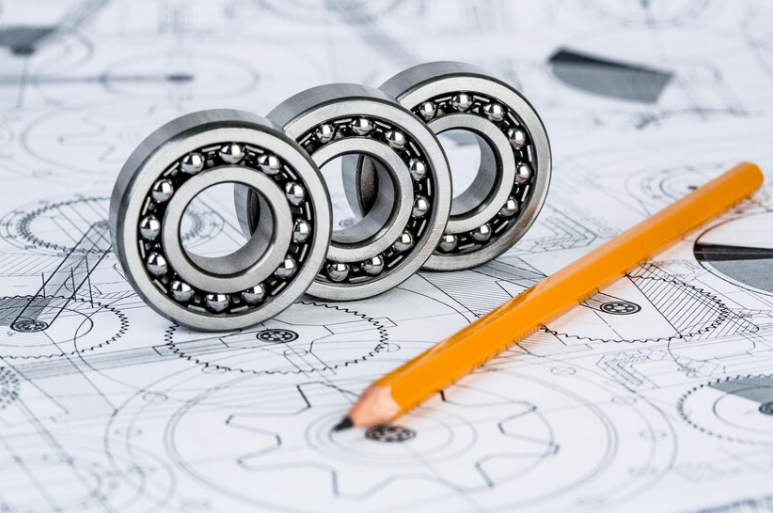Demystifying 6308 Bearing Dimensions: A Comprehensive Guide to Choosing the Right Bearing for Your Application

Introduction
Welcome to our guide on “Comparing the 6308 Bearing Dimensions: Which Is Right for You.” Bearings play a crucial role in various mechanical applications, ensuring the smooth rotation of shafts, wheels, and other components. If you’re here, you probably have some familiarity with 6308 bearings or are in the process of choosing the right one for your specific needs. This introduction will provide you with a brief overview of what the 6308 bearing is and why its dimensions matter.
Brief Overview of the 6308 Bearing Dimensions
The 6308 bearing, part of the deep groove ball bearing family, is a widely used component in numerous industries, including automotive, manufacturing, and machinery. Its primary function is to reduce friction between moving parts, allowing them to rotate smoothly and efficiently. The 6308 designation is a standard industry identifier for this particular type of bearing, and it has a specific set of dimensions that make it suitable for various applications.
Understanding these dimensions is crucial when selecting the right bearing for your needs. The 6308 bearing comes in various variations, each with its own set of specifications. In this blog post, we will explore these dimensions in detail, compare different 6308 bearing variations, and provide you with insights to help you make an informed choice for your specific application.
Understanding Bearing Dimensions
In this section, we will delve deeper into the concept of bearing dimensions. We’ll explain what these dimensions mean, why they are important, and how they impact the performance of bearings. You’ll gain a fundamental understanding of the terminology and parameters used to describe bearing dimensions.
The 6308 Bearing: An Overview
This section will provide a comprehensive overview of the 6308 bearing. We’ll discuss its history, design, and key characteristics that set it apart from other bearing types. Understanding the basics of the 6308 bearing is essential before diving into the specific dimensions.
Different Types of 6308 Bearings
Not all 6308 bearings are created equal. Here, we’ll explore the various types and variations of 6308 bearings. You’ll learn about the distinctions between sealed and open designs, as well as other features that cater to different applications.
Measuring the 6308 Bearing Dimensions
This is a practical section where we’ll explain how to measure and interpret the critical dimensions of a 6308 bearing. We’ll cover parameters like inner diameter, outer diameter, width, and more, providing you with the skills to assess a bearing’s suitability for your needs.
Comparing 6308 Bearing Variations
Now that you have a good grasp of 6308 bearing dimensions and types, we’ll compare different variations. You’ll discover how minor differences in dimensions can lead to significant variations in performance and application suitability.
Factors to Consider for Your Application

Selecting the right bearing isn’t solely about dimensions. In this section, we’ll discuss the broader factors that influence your choice. You’ll gain insights into considerations such as load capacity, speed, environmental conditions, and lubrication, all of which play a vital role in determining the ideal 6308 bearing for your application.
Conclusion
The concluding section will summarize the key takeaways from the entire blog post. We’ll emphasize the importance of understanding 6308 bearing dimensions and making informed decisions when choosing the right bearing for your specific needs.
By the end of this blog post, you’ll be well-equipped to navigate the world of 6308 bearings and confidently select the most suitable one for your mechanical applications.
You Might Like: X*X*X IS EQUAL TO 2022: A COMPREHENSIVE SOLUTION IN MATH






Responses